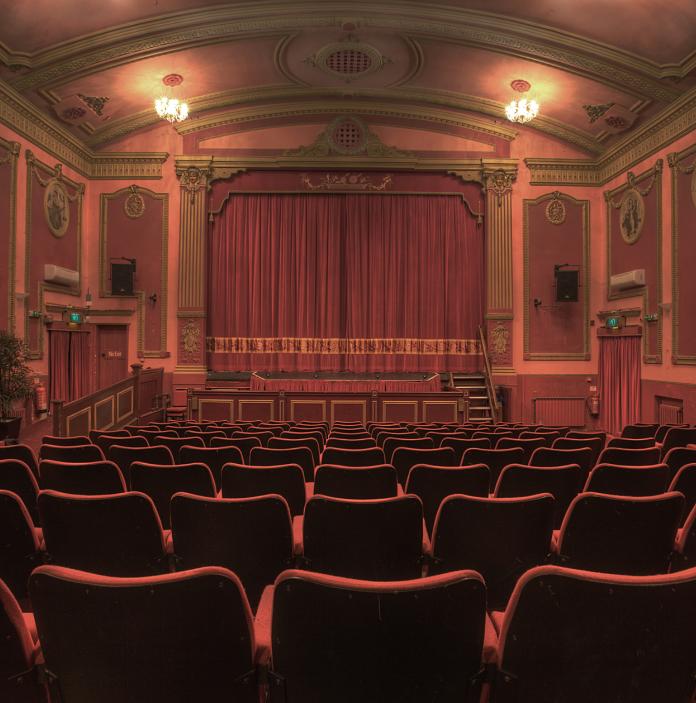
In 1959 the House of Commons endorsed the principle of public subsidy and the independence of the arts. This largely began state subsidy of the arts. By 1962 the Royal Opera was told its subsidy would be pegged at 87.5 per cent of the previous year’s income. The more shows they put on the more money they would get.
On this argument some of the largest companies that receive the highest subsidies now would receive the lowest as they have some of the lowest numbers of performances. It appears that more money certain very highly subsidised companies receive, the fewer show they perform, and the fewer venues they attend.
The ridiculous situation now exists where the fewer shows the highly subsidised companies mounts the more stable their finances are.
Is it acceptable that an organisation in one of our home nations, for example, that only puts on a very small number of shows in a year (and that number gets smaller every year) and only performs in two venues but gets one of the very largest grants?
The result is lots of non performance work by lots of arts company employees, lots of box ticking activity to keep politicians happy, but little work for performers and empty venues so nothing for those paying the taxes that generate the subsidies.
Is there any point having large subsidised arts companies if they do not perform to audiences and would a number of less highly subsidised and less expensive companies that actually create and tour work and generate box office be a better solution?
Please share any views.
Image copyright Visit Wales